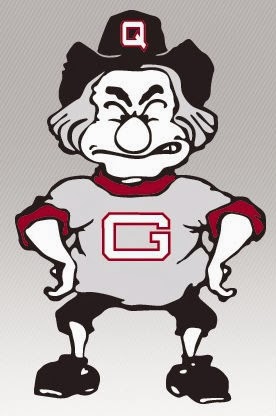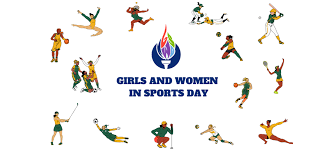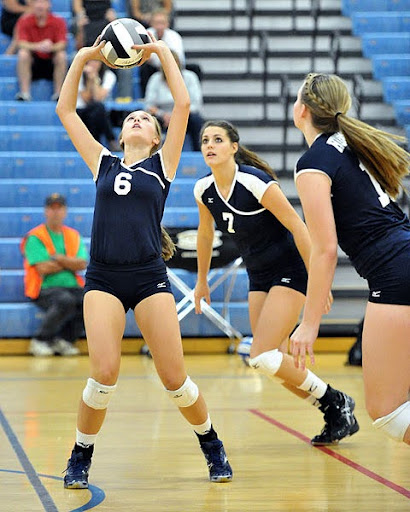Picture this — you constantly strive for success, but you never see your name in the success story.
This is the reality for many student athletes at the Early College at Guilford (ECG), which lacks a sports program that other high school’s develop. Year after year, tens of student athletes at this magnet school flock to traditional schools to continue their interest in sports.
In addition to not representing their school, students in this system report multiple hassles. Maya Mather, an ECG student who runs track and cross country for Northwest High School, mentions the particular struggle to arrive at games on time.
“Most of your teammates are already at your home school while you have to drive over,” said Mather. This system may also complicate communication of an athlete’s career according to Kira Bagely, an ECG student who plays soccer for Western Guilford High School. “Instead of having to explain that I play for Western but actually go to ECG, I could just say that I go to ECG, and that would be the end of the story,” said Bagely.
Considering these inconveniences, the idea of ECG having its own sports program naturally arose.
“It would give students an outlet to get rid of stress from classes,” said Mather. Furthermore, ECG has many talented athletes, according to student Ifedara Adegoroye. Is there a possibility that ECG students can finally catch a glimpse of their own logo and an utterance of their own cheer as they sprint across courts and fields?
Bagely says it may be possible in one sport. “We almost have a team when it comes to flag football,” said Bagely. Indeed, many ECG students play and succeed in flag football in intra-school and inter-school events such the ECG vs STEM Early College at N.C. A&T football game.
However, other than flag football, the possibility of competitive sports at ECG seems slim, according to Bagely. She pictures an ECG sports program as mostly being small and non-competitive.
“It is kind of the ongoing joke that we are a ‘nerd’ school, and I think that would be noticeable if we were to have an athletics program,” said Bagely. In other words, an ECG sports program may draw more attention to the school’s weaknesses rather than highlight its strengths.
Mather and Adegoroye also attest to the school-specific struggles ECG would have to overcome to create a sports program.
“Just due to the size of the school, it would be difficult to put together a team with enough players,” said Mather. Adegoroye also mentions that ECG may have more pressing priorities to tackle than a sports program. One of these priorities is frequent illness. “I never used to get sick before ECG. Now I’m sick at least once a month. In 2023, all but 5 sophomores were taken out by the flu for about a week,” said Adegoroye.
But is the absence of competitive sports necessarily a weakness?
Mather disagrees, citing intramural sports as a potential alternative. According to Mather, intramural sports may provide some of the benefits of competitive sports without the costs.
“With intramural sports you can have fun and play at a less competitive level,” said Mather, “It would give students the chance to destress from school, and participate in the sports they are passionate about.” With intramural sports, the absence of competitive sports may not have to sacrifice a well-rounded ECG experience.
Bagley also believes the school’s less prevalent sports focus may contribute to the school’s high academic performance. “I think the absence of a sports program affects ECG by making us focus more fully on academics,” said Bagely. So, it’s possible that supporting other high schools in sports may be a mutualistic relationship for all schools involved. Traditional schools may obtain bigger, stronger sports teams, and ECG may maintain its rigorous academic standards.
ECG student athletes may not hear their school’s name in the cheers, but their effort in balancing their academic passions and sports endeavors is one worth shouting.







